Cooking up Amazing Trips contains affiliate links. If you purchase through these links, I may earn a commission at no extra cost to you. See my Disclosure Policy for more information. Thanks for supporting my blog!
How to Choose Your Travel Insurance
Are you planning a holiday and don’t know how to choose your travel insurance? Do you need guidance on what to consider when making the purchase?
In this guide, I explain the steps to follow to pick the correct one.
It’s essential to have insurance when you travel. It should be taken right after you know your destination and travel dates.

Trying to reduce holiday costs by skipping travel insurance is a mistake that you may regret.
Depending on the country, travel insurance may be mandatory for obtaining a visa. This ensures coverage for potential health expenses and injured individuals.

However, it’s not a matter of purchasing just anything. Before signing something, carefully checking the coverage you are offered is crucial.
Before we begin, I want to address something that might spark a debate. I’m sorry to say that I disagree with the notion that there is a “best” travel insurance. My disagreement stems from the belief that the best travel insurance is the one that caters to YOUR specific requirements rather than those of others.
We don’t all travel the same and, therefore, don’t need the same things. Additionally, most insurers specialise in specific insurances, which may differ from the one you demand.

For example, if the purpose of your trip is to go skiing, you require coverage different from that of those going on a cruise.
However, we can say that not all insurance companies are the same regarding reliability. Some insurers can be more challenging to deal with than others in the event of an incident because they tend to deny claims for any reason.
To avoid any confusion or misunderstandings, review all the information the insurance company provides carefully and clearly understand the coverages offered.
Steps to Follow to Choose Your Travel Insurance
Buying any insurance can be overwhelming and tedious, or at least it seems that way to me.
To make it easier for you, I will guide you step-by-step and explain the aspects you need to pay attention to.
Let’s get started!
The steps we are going to follow are:

- Determine the coverage you need in your insurance. As I said, we all have different needs depending on our trip and circumstances.
- Request quotes to know the possibilities we have.
- Compare the quotes received.
- Select the most appropriate insurance for your trip.
1. Determine the Coverage You Need
Remember that not every insurance covers everything, but it doesn’t matter if they don’t because you would most likely be paying for coverage you do not need.
The next step is quite tedious, and I apologise beforehand. However, it’s crucial. I will explain briefly and simply most of the coverages they will offer you so that you can decide which ones you require.

As I mentioned, you don’t need your insurance to have them all; select only those relevant to your trip.
Example: If your trip doesn’t include a cruise, you will not need insurance to cover it.
For those unfamiliar with insurance, and to help you prioritise the coverage you require, I have classified all the options by colour, depending on their importance level for me.
So, you will find 4 categories:
🔴 Red category: The most important and the ones to pay more attention to.
🟠 Orange category: Second category of importance. To be included whenever possible.
🟡 Yellow category: Interesting but not essential coverage.
🟣 Purple category: A must if your trip includes any detailed activities.
Furthermore, we are going to divide them into 2 blocks:
- General Coverage: Those coverages that apply to all travel insurance, regardless of its purpose.
- Specific Coverage: What you should look for if your trip includes certain activities, such as winter sports or cruises.
General Coverage

🔴 Medical Assistance
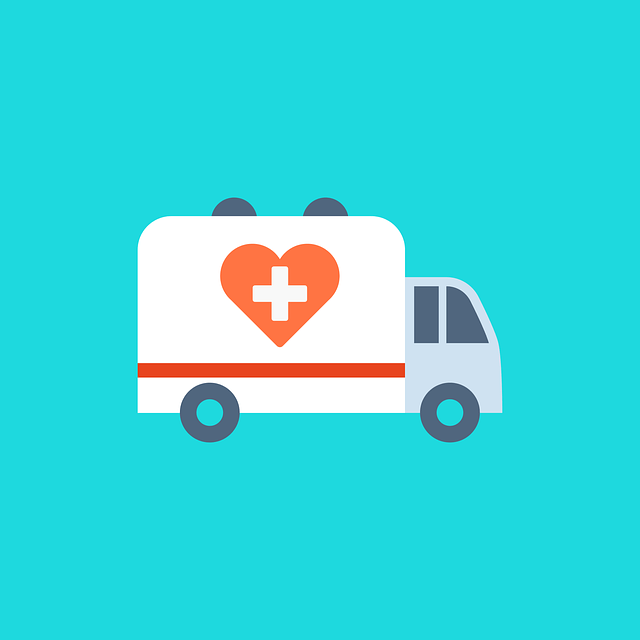
For me, the most critical coverage of all and the reason (along with the next one) why insurance is mandatory to enter certain countries. It demonstrates that you can cover possible health expenses and transportation of injured people if necessary.
The best insurance deal is the one that provides 24-hour medical assistance in case of emergency and covers all medical, pharmaceutical, surgical, and hospitalisation expenses without requiring upfront payment. Some insurers also cover round-trip tickets for a companion who needs to travel to the location in case the insured person is hospitalised.
Pay special attention to 2 things:
- *️⃣ Limit of covered expenses. The required amount will depend on the destination.
For example, for a trip through the Schengen area (member countries of the European Union), coverage of £30,000 will be sufficient. In contrast, a minimum of £300,000 is recommended for a trip to the USA.
- *️⃣ Coverage of pre-existing medical conditions. It is crucial to inform the insurance company of any pre-existing medical conditions when requesting a quote for your trip. Depending on the nature of the condition, the insurance cost may increase, or the policy may not cover any medical assistance or relapse related to that issue during your trip.
🔴 Repatriation and Transportation of the Injured or Deceased

This coverage is related to the previous one, and so that you are aware of its importance, I give you an example:
Transferring a patient by medical plane from the United States to the UK can cost around £45,000.
🔴 Accident Coverage

Compensation is offered for death, permanent total disablement, loss of sight, or loss of limb caused by severe accidents.
Talking about this is a bit scary, but it’s better to be prepared because we never know what might happen.
It includes those accidents that occur while travelling by means of transportation at the destination, as long as they are beyond the insured’s intention.
🔴 Cancellation

It covers unforeseen events before starting your holiday and forces you to cancel it. It is the way to recover the money invested in the trip if you have to cancel it.
The ‘but’ is that the cause of cancellation must be included in the policy, and you must be able to prove it.
🔴 Personal Liability

All companies include this coverage. It refers to personal or material damage that the insured causes to third parties and the associated expenses (compensation, legal costs, lawyer fees, etc.)
The difference between insurances lies in the amount they cover.
🔴 Curtailment

It applies in the case of an unexpected incident at home that requires you to come back early. Specific situations are usually considered.
These include the illness, hospitalisation, or death of a direct relative of the insured, as well as a severe accident at home.
🟠 Extension of Stay

Applicable in cases where you cannot return home when planned due to an accident or severe illness.
Some insurers also cover the expenses of companions in this section.
🟠 Telephone Assistance 24/7
You never know when you will need it, and you want to avoid waiting two days for help if you get caught on the weekend.

🟠 Flight Delay or Cancellation
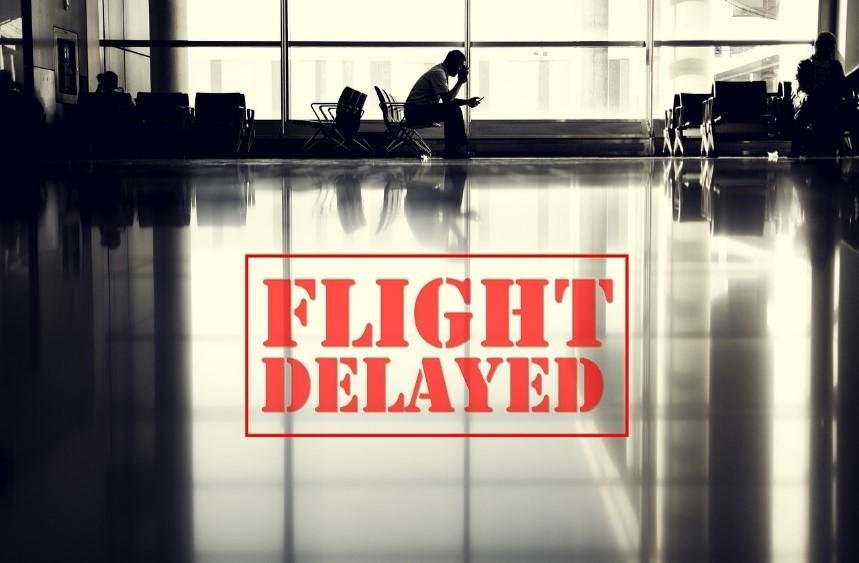
A flight delay or cancellation can cause you to miss a stopover or disrupt your plans. This insurance coverage provides compensation for any expenses incurred due to such events. Some insurance providers may also include coverage for other means of transportation.
⚠️ Keep in mind that certain travel insurance companies may only provide coverage for flights that depart from or arrive at your country of residence and not for any stopovers or flights taken during your trip. This can come as a surprise, but it’s the truth. I speak from experience, having faced this issue with my annual travel insurance policy. If the policy doesn’t expressly state that it covers such situations, likely, it won’t.
🟡 Luggage
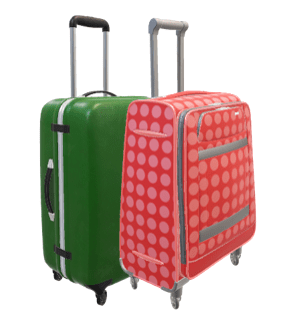
In the event of theft, loss or destruction, you will be compensated for the value of the contents. When purchasing insurance, check the amount covered because every so often it is derisory.
In the case of a luggage delay, you will be reimbursed for the cost of the essential items you had to purchase.
🟡 Passport and Travel Documents

The insurer will assist you in managing the necessary steps in case of loss or theft of documents during your trip outside the country of departure. They will also provide financial assistance to replace the lost documents.
🟡 Theft
There are three aspects: money, gadgets, and other valuable items. The coverage for gadgets is typically an additional protection for technology items such as cameras or mobile phones. It covers repairing or replacing lost, stolen, or damaged gadgets while travelling.

🟡 Legal Assistance

This coverage will provide you with legal advice and assistance to resolve any legal issues that may arise during your trip.
It covers legal costs for pursuing compensation from others for causing bodily injury, illness, or death.
Specific Coverage
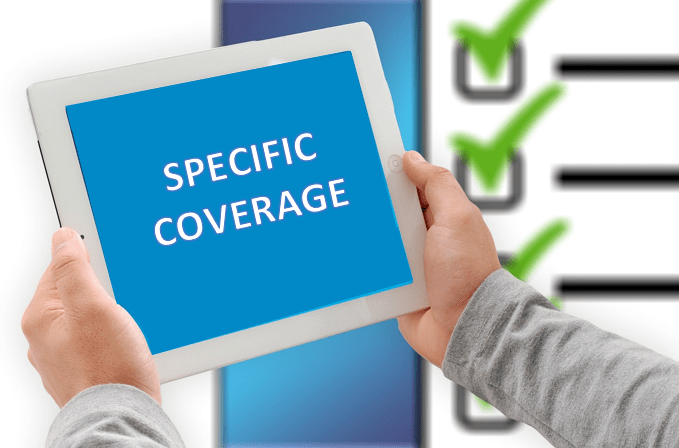
🟣 Winter or Adventure Sports

If you are considering practising winter or adventure sports during your holiday, notify the insurer or seek specific insurance for that type of activity.
Certain sports like surfing, skydiving, mountaineering, diving, and skiing are not covered by standard insurance.
🟣 Cruises
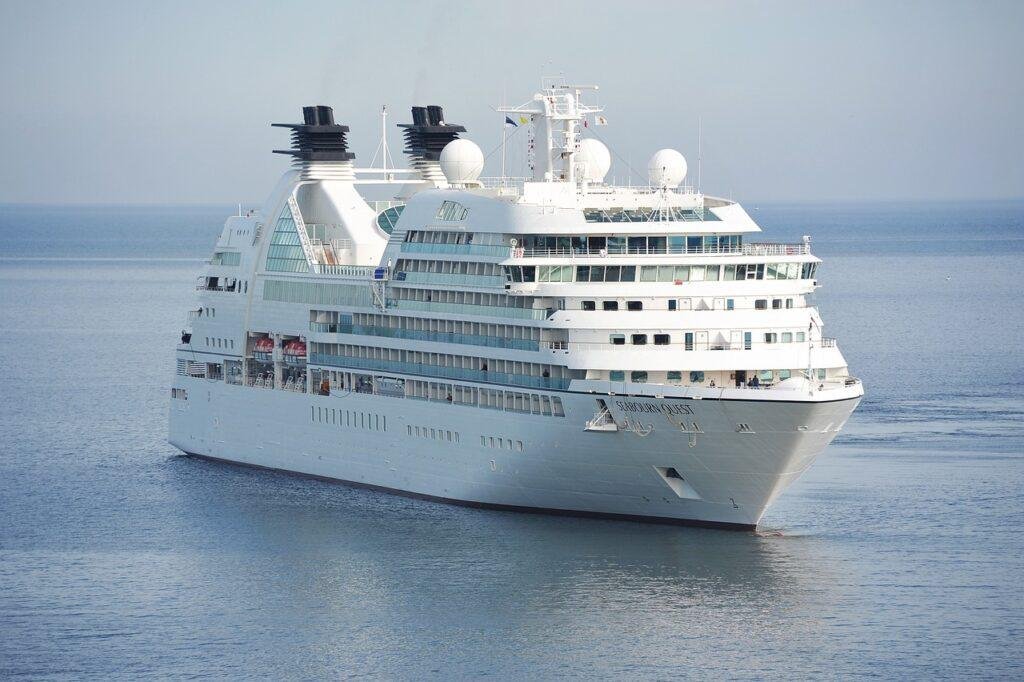
Travel insurance policies often exclude cruises from their coverage unless a specific clause includes them.
When included, it offers complete protection during the trip, including medical assistance on board.
Now that you know the possible options to include, I recommend you list the coverages you want your insurance to have, prioritising from most to least important.
It will help you in point 3 when you compare budgets.
2. Request Quotes

Now that you know what you are looking for in your travel insurance, it’s time to request quotes.
Comparing companies based on coverage and price helps find appropriate insurance; it’s not about selling yourself to the highest bidder.

There are websites where you can compare insurance policies and get quotes from leading insurers by entering your data just once, saving you time.
Furthermore, if you have other types of insurance, such as a vehicle or home insurance, it may be a good idea to contact them to see if they offer a discount for travel insurance since you are already their customer. However, carefully review the terms and conditions before deciding!
The cost and extent of insurance coverage will vary depending on your travel destination and trip type.
Information to Provide

The information they will ask you may vary from one company to another, but in general, it will be the following:
1️⃣ The type of coverage you want:
- ✳️ Annual insurance (multi-trip) that covers all the trips you make for 12 months. This type of insurance may be an adequate option if you travel a lot.
- ✳️ Single trip. It will have specific dates and destination(s). This option would be your best choice if you don’t travel frequently.
- ✳️ Long stay coverage. Some companies offer a third option, primarily used by backpackers, with a maximum duration of up to 18 months.
2️⃣ Destination. Depending on your answer to the previous question and your country of residence, you will be offered more or fewer alternatives:
- 🅰️ For single-trip policies, it will be the country or countries you will visit.
- 🅱️ For multi-trip policies, they will give you several options. If you live in Europe, an example would be:
- ✳️ Local coverage (the country where you live).
- ✳️ Europe: if you don’t plan to leave the continent.
- ✳️ Worldwide, excluding the USA, Canada, Mexico, and the Caribbean.
- ✳️ Worldwide.
3️⃣ Number of people you want to include in the policy. You can buy it just for you or all who travel together.
4️⃣ Coverage start date. Some insurances only cover cancellation if the purchase occurred within seven days of the first travel reservation, so be careful!
5️⃣ The reason for the trip. The usual thing is that they give you options such as holidays, cruises, adventure, studies, business, etc.
All the above answers help companies determine the best insurance that suits your needs.
For example, a week in New York will require more health coverage than a month in Thailand.
3. Compare Quotes

Do you already have the quotes?
Before signing anything, review coverage and pricing to find your best option.
How? Use the list you created in point 1 with your chosen coverage. This will make it easier to determine if the quotes received fit your needs.
I insist once more (at the risk of being annoying) that the best insurance is the one that fits your trip, budget, and needs.
4. Choose Your Travel Insurance

In the previous step, you compared the different insurance options and their prices with your needs, so you probably know which one to pick.
However, before signing anything, don’t forget to pay attention to 3 other things:

- ⚠️ The Excess is the initial part you will have to pay in the event of an incident. The amount usually varies for each coverage, but the higher the deductible, the lower the insurance cost.
- ⚠️ The Waiting Period: The period from when you take out the insurance until it is 100% effective. This occurs when the insurance is contracted much later than the trip or at the destination. If you take out the insurance when booking your trip, you will not have this problem.
- ⚠️ Finally, and to avoid surprises if you need to use it, carefully read the conditions of the selected insurance and review the exclusions!
Travel Insurance Exclusions

To finish, we will now look at exclusions typically not covered by insurance policies.
Yes, even the best travel insurance contains exclusions. We must accept it, but knowing them in advance will avoid surprises.
The most common are usually:
- ❌ Age Limits. Typically, insurers settle on an age limit to take out their travel insurance and usually set 65–70 years as the limit.
- ❌ Pre-existing health conditions, which I mentioned in the medical assistance coverage section. Unless the insurer has expressly accepted them, they will not be covered.
- ❌ Natural disasters (unless specifically included). Such as volcanic eruptions, earthquakes, floods, and forest fires.
- ❌ Epidemics or pandemics. It was included after the appearance of COVID-19 and the havoc it caused. Although, most insurance companies have now included coverage for COVID-19, provided that the individual has been vaccinated.
- ❌ Negligence. As with any other type of insurance, you will not be covered if you have contributed to the incident.
- ❌ If the Foreign, Commonwealth & Development Office (FCDO) advises against non-essential travel to your planned destination at the time of your departure, your travel insurance will not cover you if you decide to proceed with your trip. Therefore, you must regularly check the latest travel advice issued by the FCDO before you travel.
- ❌ War or Terrorism.
Always keep in mind that if the policy does not explicitly mention coverage for a particular situation, it is unlikely to be covered.
I hope you liked this post and found it helpful. 😊
If you have any questions or concerns, please don’t hesitate to contact me. You can leave a comment below or fill out the contact form, and I’ll gladly assist you.
Now that you know how to choose your travel insurance, you can return to the Travel Logistics page to continue preparing for your trip.
Additional Information
You can also check my itineraries in Itineraries. Here, you’ll find them classified in City Guides and Country Guides.
Alternatively, in the section Destinations, they are classified based on the type of trip:
- Amazing Experiences. It covers the most extensive and complete trips.
- Beach and Sea. For those who prefer quieter activities by the sea.
- City Breaks. Short trips with a single destination.
📌 If you prefer to see them separated by continents, check them in Portfolios.
Remember to check Cook up Your Trip. There, you will find everything you need to organise your trip from start to finish.
Planning a Trip?
To help you organise your adventure, I’ve gathered the best tools I use and recommend for booking flights, hotels, local transport and more. These links support this site at no extra cost to you.
- ✈️ Flights: Compare the best prices on flights using Kayak.
- 🛏️ Accommodation: Find hotels and unique stays at great prices worldwide with Booking.com.
- 🚐 Transfers: Pre-book your airport or city transfers to avoid stress on arrival with Welcome Pickups.
- 🚗 Car Rentals: Explore destinations at your own pace by using Discover Cars or Auto Europe to compare reliable car rental providers.
- 💺Transport (Bus and Train Tickets): Compare schedules and easily book intercity bus and train travel with Omio.
- 📷 Tours & Activities: Book fun experiences, guided tours, and skip-the-line tickets in advance with GetYourGuide or Viator.
- 🌐 Internet Connection: Stay connected abroad with eSIMS from Airalo.
Safe travels! 🌏✈️



